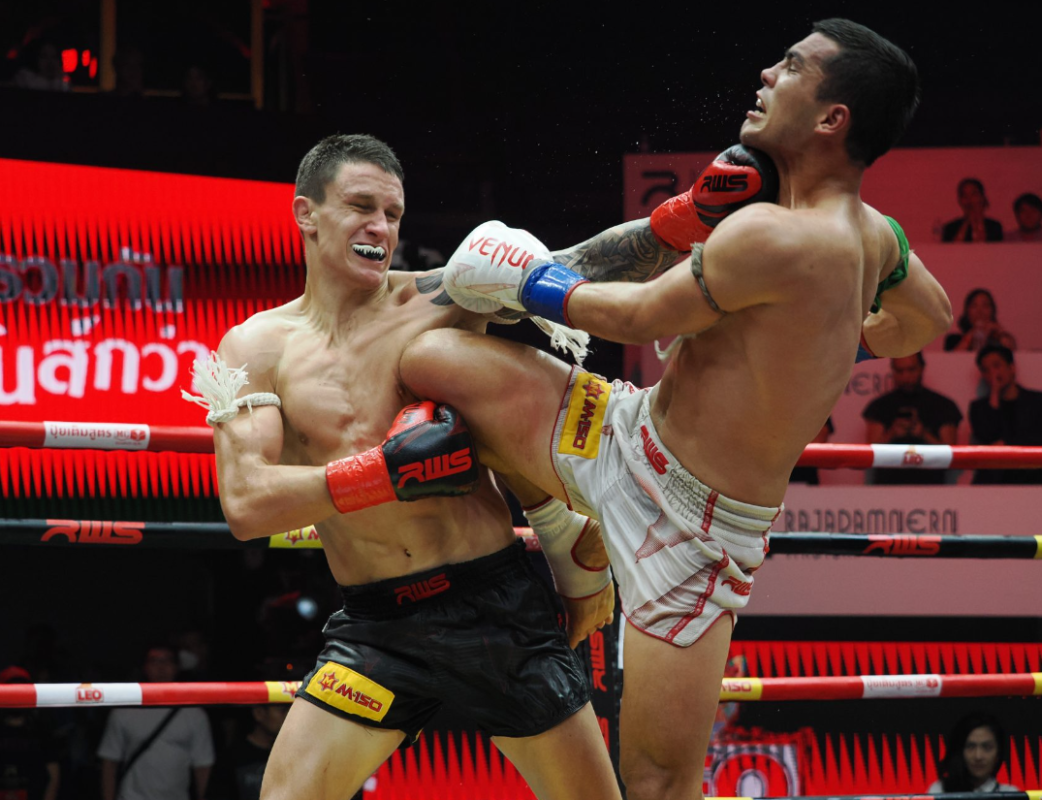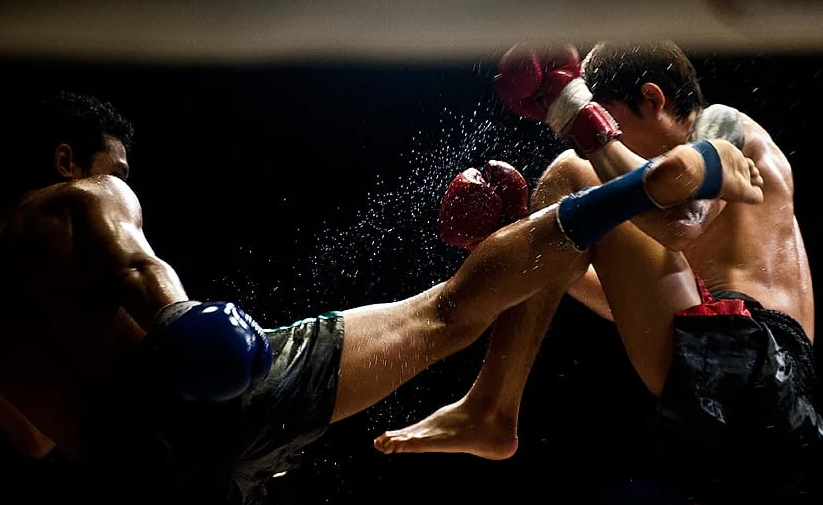Muay Thai Knowledge
Advanced Muay Thai Techniques for Competitive Fighters
Introduction to Muay Thai Techniques
Muay Thai combines punches, kicks, elbows, and knee strikes, creating a versatile and effective fighting system. While basic techniques form the foundation, advanced techniques allow fighters to exploit openings and control the pace of a fight.
The Importance of Advanced Techniques in Muay Thai
Advanced techniques differentiate elite fighters from novices. They require not only physical prowess but also tactical awareness and the ability to read an opponent’s intentions.
Mastering the Clinch
The clinch is a signature aspect of Muay Thai, where fighters control their opponent’s posture to deliver powerful strikes or throws. Proper clinch techniques can dominate an opponent and open up opportunities for elbows and knees.
Elbow Strikes: Precision and Power
Elbow strikes are devastating tools that can cut and knock out opponents. Techniques such as the spinning elbow, upward elbow, and diagonal elbow add variety and unpredictability to your attacks.
Advanced Knee Techniques
Knees can be delivered from various angles, including straight knees, diagonal knees, and flying knees. Mastering the timing and accuracy of knee strikes is essential for breaking an opponent’s guard.
Effective Kicking Strategies
Advanced kicking techniques include the switch kick, spinning back kick, and low/high kick combinations. These moves require flexibility, balance, and the ability to generate power quickly.
Defensive Maneuvers
Effective defense is crucial in Muay Thai. Techniques such as blocking, parrying, and slipping punches help mitigate damage and set up counterattacks.
Combining Offense and Defense
The ability to seamlessly transition between offensive and defensive moves keeps opponents guessing. Practicing combinations that integrate both elements is key to developing a fluid fighting style.
Footwork and Movement
Advanced footwork involves lateral movements, pivoting, and controlling distance. Good footwork enhances both offensive and defensive capabilities, allowing fighters to maneuver efficiently in the ring.
Feints and Deception
Feints are used to mislead opponents and create openings for attacks. By incorporating deceptive movements, fighters can disrupt an opponent’s rhythm and gain a strategic advantage.
Conditioning and Strength Training
High-level Muay Thai requires excellent conditioning and strength. Tailored strength training programs and cardiovascular conditioning are vital for maintaining peak performance.
Mental Toughness in Competitive Muay Thai
Mental resilience is just as important as physical ability. Techniques for building mental toughness include visualization, positive self-talk, and stress management.
Adapting Techniques for Different Opponents
Each opponent presents unique challenges. Adaptability and the ability to adjust techniques based on an opponent’s style and weaknesses are crucial for success.
Training Drills for Advanced Fighters
Advanced training drills focus on specific techniques and scenarios. These drills should simulate fight conditions to develop muscle memory and tactical responses.
Utilizing Sparring for Skill Improvement
Sparring is essential for applying techniques in a controlled environment. It allows fighters to experiment with advanced techniques and refine their skills through practical application.
Importance of Nutrition and Recovery
Proper nutrition fuels training and aids recovery. Balanced diets and hydration, combined with adequate rest, ensure the body is prepared for the demands of advanced Muay Thai.

Common Mistakes and How to Avoid Them
Understanding common mistakes helps fighters avoid pitfalls. Common issues include overcommitting to strikes, neglecting defense, and improper weight distribution.
Analyzing Fights and Learning from Mistakes
Reviewing fight footage helps identify areas for improvement. Analyzing both victories and defeats provides valuable insights into technique and strategy.
Advanced Combination Techniques
Combining strikes in unpredictable ways keeps opponents off balance. Advanced combinations involve mixing punches, kicks, elbows, and knees fluidly.
Developing a Personal Fighting Style
Every fighter has unique strengths and preferences. Developing a personal style that maximizes these traits can make a fighter more effective and harder to predict.
Transitioning Between Techniques
Smooth transitions between techniques are crucial for maintaining pressure and exploiting openings. Practicing transitions helps in creating seamless and effective combinations.
Timing and Rhythm
Mastering timing and rhythm disrupts an opponent’s strategy. Effective timing can make the difference between landing a strike and missing an opportunity.
Breathing Techniques for Stamina
Proper breathing techniques enhance stamina and performance. Controlled breathing helps manage energy levels and maintain focus during intense fights.
Visualization and Mental Rehearsal
Visualization techniques prepare fighters mentally for competition. Mentally rehearsing fights and scenarios helps build confidence and improve performance.
Recovery Techniques and Injury Prevention
Preventing injuries through proper warm-ups, stretching, and recovery techniques is essential. Recovery strategies include massage, ice baths, and rest periods.
The Role of a Coach in Advanced Training
A knowledgeable coach is invaluable for advanced training. Coaches provide guidance, correct techniques, and develop tailored training plans.
Competing in International Muay Thai
International competition brings unique challenges. Understanding different fighting styles and adapting to new environments are key for success on the global stage.
Strategies for Winning Tournaments
Tournament strategies involve pacing, conserving energy, and adapting to different opponents quickly. Strategic planning and mental preparedness are crucial for winning multiple bouts.
Staying Motivated and Focused
Maintaining motivation over the long term requires setting goals, celebrating progress, and staying committed to continuous improvement.
Conclusion and Next Steps
Mastering advanced Muay Thai techniques requires dedication, practice, and a strategic approach. By continuously refining your skills and staying mentally and physically prepared, you can excel in competitive Muay Thai.

